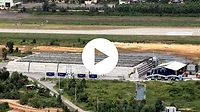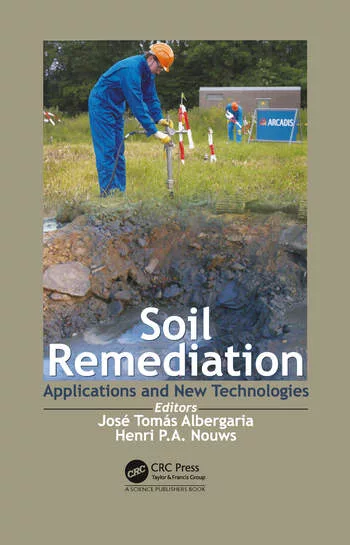Researcher develops new methods to measure PFAS in the atmosphere and aerosol particles
Research aims to answer outstanding questions regarding PFAS atmospheric components that lead to human exposure.

Photo by Miguel A Amutio on Unsplash
From regulators to researchers and most industries in between, all eyes are on PFAS. PFAS, per-and polyfluoroalkyl substances, are a class of highly fluorinated human-made compounds that have been used for decades in everything from nonstick cookware and personal care products to fire-fighting foams and school uniforms. Their commonality and extreme resistance to environmental degradation has made them ubiquitous in ground water, soil, and worst of all humans. Linked to a slew of health risks including liver toxicity, bladder cancer, and decreased immune response to vaccinations, exposure to PFAS is concerning. So, how can we eliminate these "forever chemicals?"
Historically, PFAS substances have only been characterized in water and soil, but the emission of these compounds during chemical manufacturing, use, and disposal results in their emission into the air. Ryan Sullivan, Professor of Mechanical Engineering and Chemistry at Carnegie Mellon University, has been developing new methods to measure PFAS in both the atmosphere and in aerosol particles to answer outstanding questions regarding PFAS atmospheric components that lead to human exposure. His group is also developing new approaches to destroy forever molecules that are not removed by conventional water treatment plants.
The research is published in the journal Environmental Science: Processes & Impacts.
"In remediation, our end goal is what we call full mineralization, where all fluorine is removed from the molecule. Historically, researchers have had some success with mineralization, but there has always been a percentage of the fluorine unaccounted for. Sometimes researchers get stuck at partially fluorinated products that are still PFAS. Our work uses a non-targeted approach so that we can better quantify these missing molecules and figure out just how close we are to full PFAS remediation."
One promising technology for PFAS remediation is reduction via hydrated electrons. The process involves shining a UV light on salt water to break electrons away from the sulfite salt. Fluorine molecules are highly electron hungry so when the dissolved electron joins its bond, the very stable carbon-fluorine can finally be broken, releasing a harmless fluoride ion.
By using a non-targeted analysis during this process, Sullivan's group identified novel PFAS molecules that had not previously been found during UV/sulfite reduction treatment.
"By having a complete understanding of this complex chemistry, we can optimize the engineered treatment conditions, fill holes in the known chemical mechanisms, and push closer to achieving full mineralization."
In order to better understand these contaminants, Sullivan has also developed a way to measure PFAS directly in the gas phase, and in aerosol particles. This avoids the existing need to collect large samples of air first before extracting PFAS prior to analysis.
"If the government were to issue regulations around PFAS emissions from manufacturing plants it will be crucial to measure their concentration going into the atmosphere to determine if they are compliant with the allowed emissions," he explained.
Moving forward, Sullivan's team will explore the chemistry and transport of PFAS in aerosols suspended in the atmosphere.
More information: Bailey B. Bowers et al, Nontarget analysis and fluorine atom balances of transformation products from UV/sulfite degradation of perfluoroalkyl contaminants, Environmental Science: Processes & Impacts (2023). DOI: 10.1039/D2EM00425A


.webp?height=200&t=1668433097&width=200)

